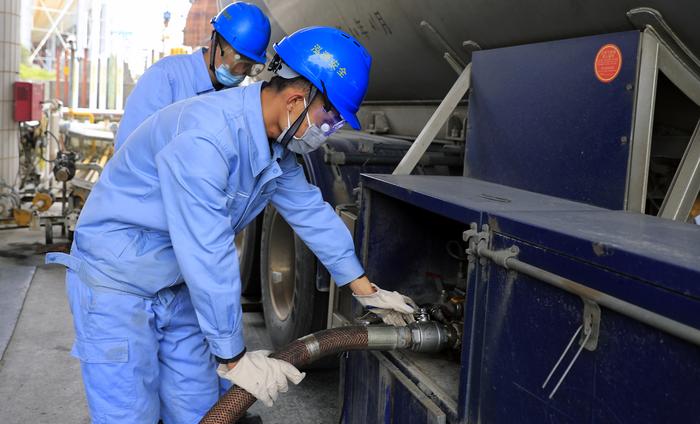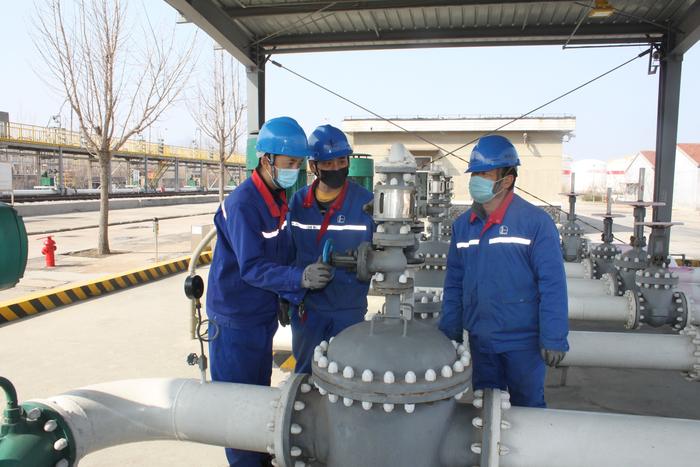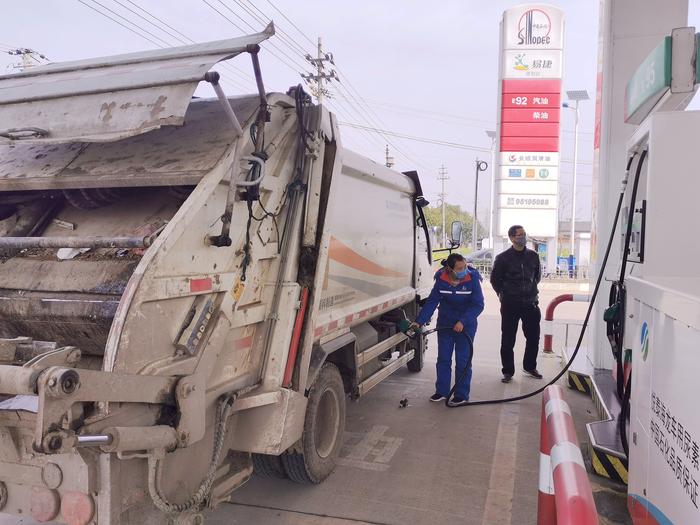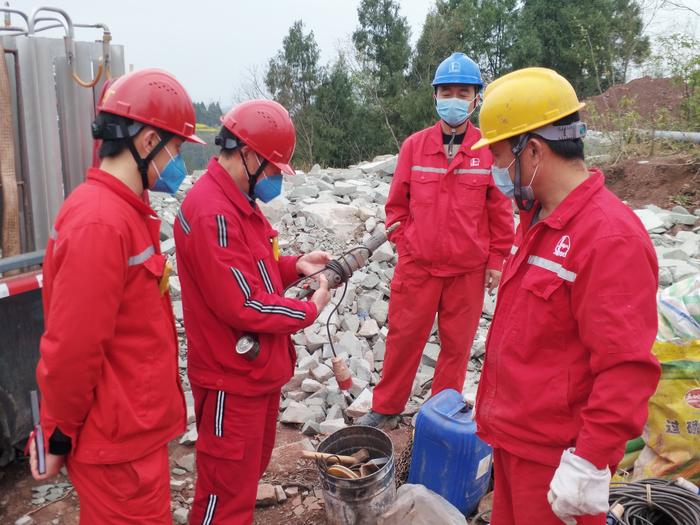|
| 2020-03-18 来源: 中国石化新闻网 |
| 石化新闻 |
中国石化新闻网讯 据今日油价网站3月16日消息 据彭博社报道,美国将在未来两周内开始为战略石油储备购买原油,计划购买约7700万桶。 此前华盛顿上周宣布,政府将购买大量原油,此举旨在利用油价低的优势补充战略石油储备,同时为当地石油行业提供一些急需的支持。最近的油价暴跌给石油行业带来了沉重打击,尤其是在页岩地区。据言这些购买将为美国纳税人节省数十亿美元。 据彭博社根据西德克萨斯中质原油周五收盘价计算,如果政府购买7700万桶原油,将为此支付24亿美元。 战略石油储备有能力储存7.135亿桶原油,目前持有约6.35亿桶。三年前,一些立法者认为,鉴于国内石油产量的快速增长和出口的下降,可能是时候停止在战略石油储备中囤积石油。然而,主流观点仍然认为,战略石油储备仍为必要,华盛顿的最新举措刚刚揭示了战略石油储备的第二个目的:为陷入困境的页岩油生产商提供一些救济。然而,这种救济是否足够,仍然是个问题。 大多数页岩独立开发商预测的WTI平均价格远高于目前30美元/桶。现在,Covid-19大流行正在打击所有行业,石油需求预测也越来越悲观。许多公司正准备开始削减开支计划,至少有一家公司Parsley能源要求油田服务供应商将价格至少下调25%。 与此同时,基金经理和投资银行家预计,石油需求将遭受有史以来最大的年度降幅,降幅可能超过1980年需求下降记录中的265万桶/日。 王磊 摘译自 今日油价 原文如下: U.S. To Buy 77 Million Barrels Of Crude For Strategic Petroleum Reserve The United States will start buying crude oil for the Strategic Petroleum Reserve within the next two weeks, with plans to buy around 77 million barrels, Bloomberg reported. The move--which follows President Trump’s announcement last week that the government will buy “large amounts” of crude--aims to replenish the SPR by taking advantage of low oil prices while providing some much needed support for the local oil industry. The industry suffered a substantial blow by the latest oil price crash, especially in the shale patch. According to Trump, the purchases would save “the American taxpayer billions.” According to Bloomberg calculations based on the Friday closing price of West Texas Intermediate, if the government buys 77 million barrels of crude, it will pay $2.4 billion for it. The Strategic Petroleum Reserve has a capacity to hold 713.5 million barrels of crude. Currently, it holds some 635 million. Three years ago, some legislators suggested it might be time to stop hoarding oil in the SPR given the fast increase in domestic oil production and falling exports. However, the dominant opinion remains that the SPR is necessary and the latest move by Washington has just revealed a secondary purpose to it: providing some relief for troubled shale producers. Whether this relief will be enough, however, remains questionable. Most shale independents budgeted average prices of WTI much higher than the current $30 a barrel. Now that the Covid-19 pandemic is battering all industries and oil demand forecasts are getting gloomier by the day, the pain is becoming sharper. Many are preparing to begin cutting their spending plans and at least one company—Parsley Energy—has asked oilfield services providers to cut their prices by at least 25 percent. Meanwhile, fund managers and investment bankers expect oil demand to suffer its greatest annual decline on record, possibly dropping by more than the 2.65 million bpd that was recorded in lost demand in 1980. |








